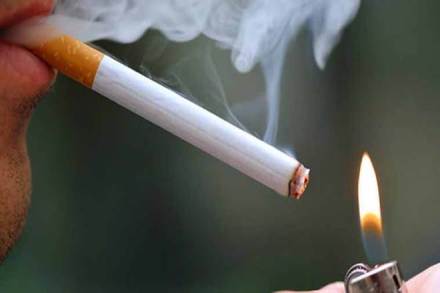According to the National Cancer Registry Programme Report 2020 released by the National Centre for Disease Informatics and Research, Bengaluru, cancer cases in India will increase to 15.7 lakh by 2025—a 12% increase from the current levels. As per the report, tobacco-related cancers account for the largest number of cases (27%), with the highest burden in the North East; gastro-intestinal tract cancer (19.7%) and breast cancer (14.8%) accounted for the next largest numbers. The incidence of breast cancer is on the rise while that of cervical cancer is on the decline.
The trend of rise in cases will, of course, be a cause of worry for India. The control-and-curb strategy will have to focus on anti-tobacco action. That will need the government to recalibrate its sin-taxation of tobacco products, to focus more on chewing tobacco and beedis. While cigarettes rightly suffer heavy taxation, beedis and chewing tobacco don’t often face the stick.
Indeed, experts have urged the GST Council to classify beedis as demerit goods, so that they attract the highest GST rate, of 28%. This will not only likely dissuade smokers, but also mean larger revenues for the government.
There will be attendant issues of tobacco-related livelihoods that will need ironing out, but these are hardly something that can’t be dealt effectively with skills training and a little support from the government. Nearly 10% of tobacco smokers live in India, so it is not hard to imagine the healthcare burden from the growing cancer incidence.
